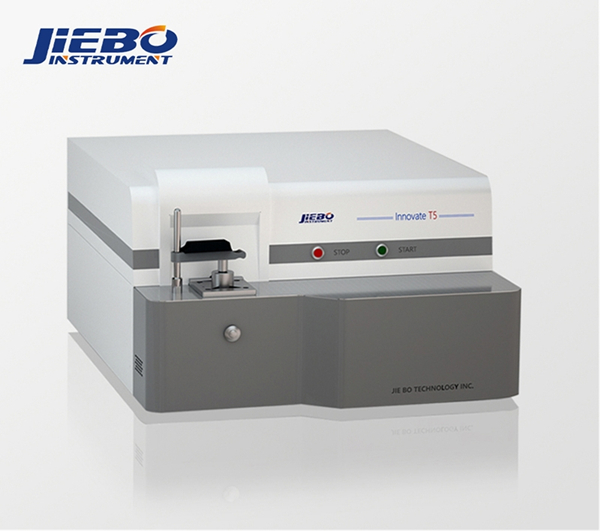Optical spectral analysis has the characteristics of simple operation, rapid and accurate presentation of measurement results, and simultaneous analysis of multiple elements, and has been widely used in component analysis and structural analysis. According to statistics, more than 70% of the daily steel analysis and testing data are reported by direct reading spectrum analysis. Especially in recent years, with the development of electronic technology and high-intelligence technology, new types of direct-reading spectral analysis instruments with faster analysis speed have been put into production more and more. 
In order to improve the accuracy of direct reading spectrometer for the analysis of 8 conventional elements in steel, the main influencing factors, especially the influencing factors for the determination of carbon and sulfur, were tested and their results were discussed. The methods and measures that are conducive to improving the accuracy and precision of measurement include the following:
1. Changed the light source parameters set when the instrument was shipped from the factory (rinsing time was reduced from 10s to 2s, pre-burning time was reduced from 7s to 6s, and exposure time was reduced from 8s to 3s).
2. 99.999% high-purity argon is required for the determination of carbon, sulfur, and phosphorus, and the pressure should be controlled at about 0.30MPa.
3. The surface of the sample should be clean and flat, and the texture should be clear. The surface of the sample should be treated with a fine sand grinder.
4. When preparing a fixed carbon sample, the temperature of the sample cannot be higher than 40 degrees, and the thickness of the grain in its initial state is maintained.
5. The ambient temperature of the analysis room should be kept constant at about 25 degrees, and the working curve should be corrected every 8 hours.
6. If the temperature of the sulfur sample is high, it should be cooled to near room temperature before analysis, and 3 uniformly distributed excitation points should be taken during the analysis, and the on-site calibration curve should be made according to the characteristics of the sample and controlled. Specimens are type standardized.